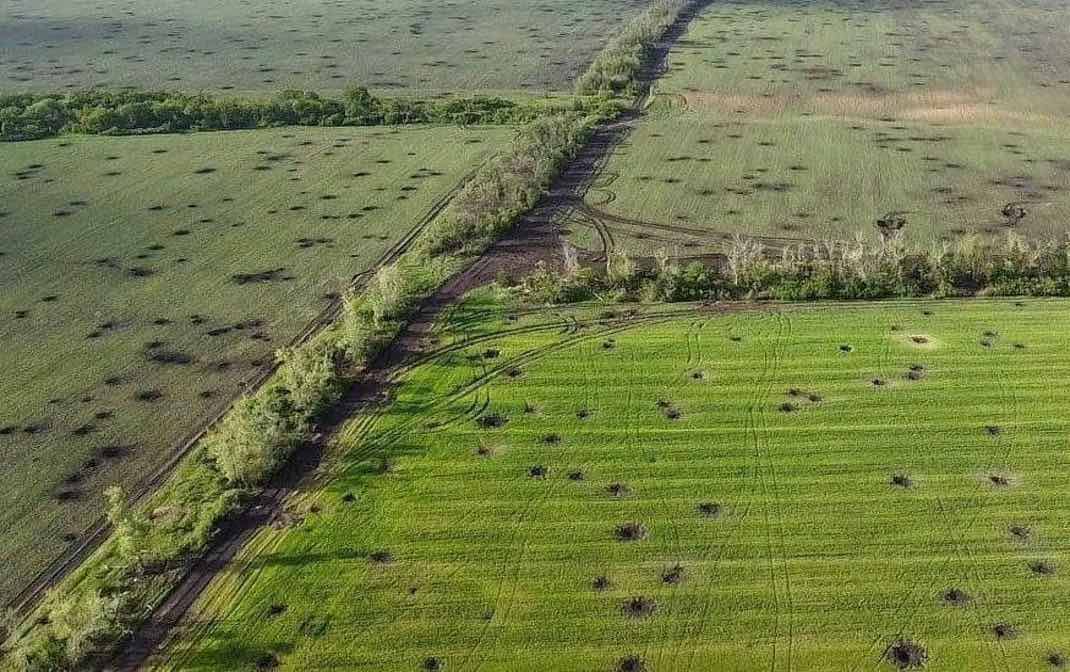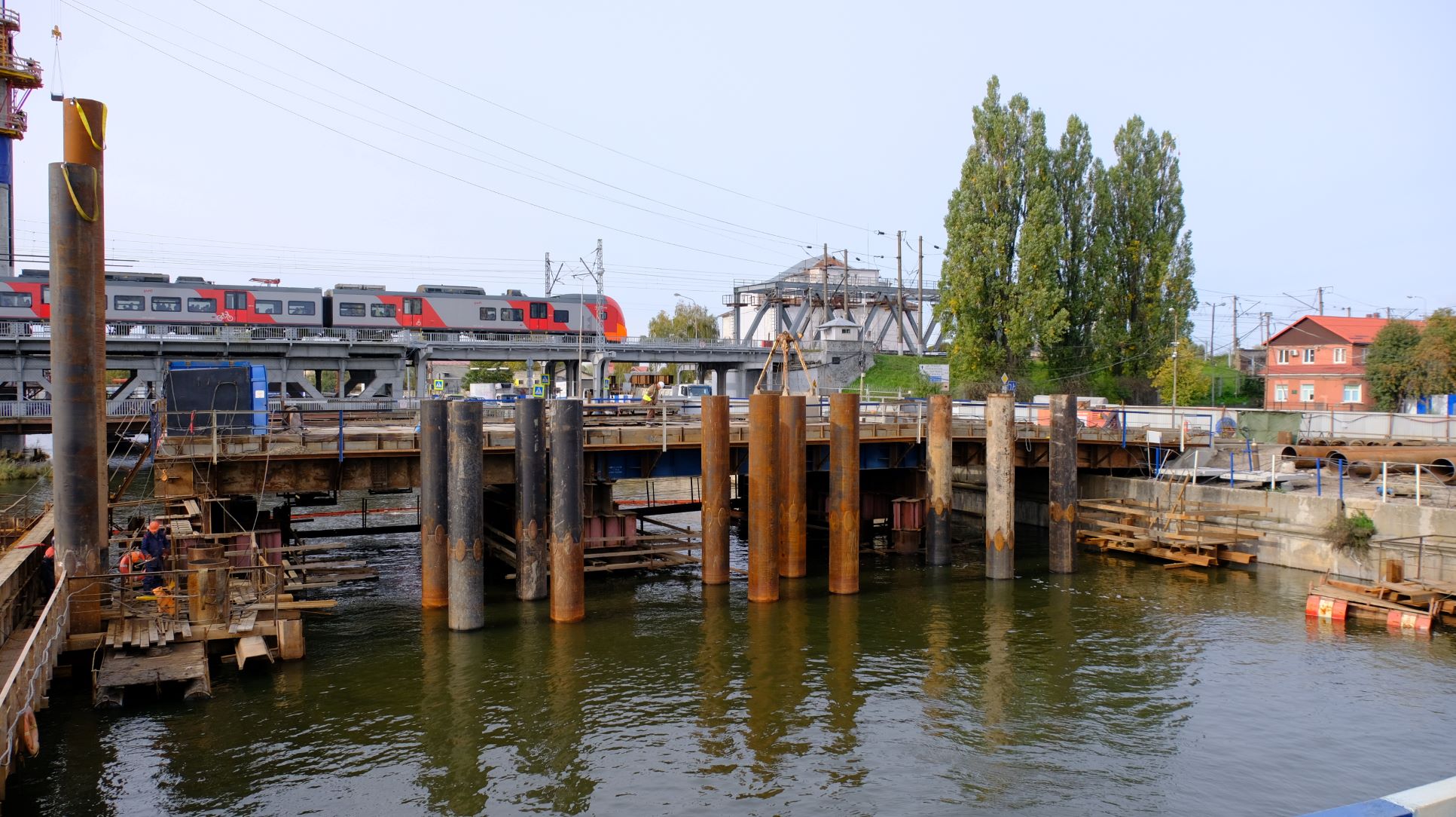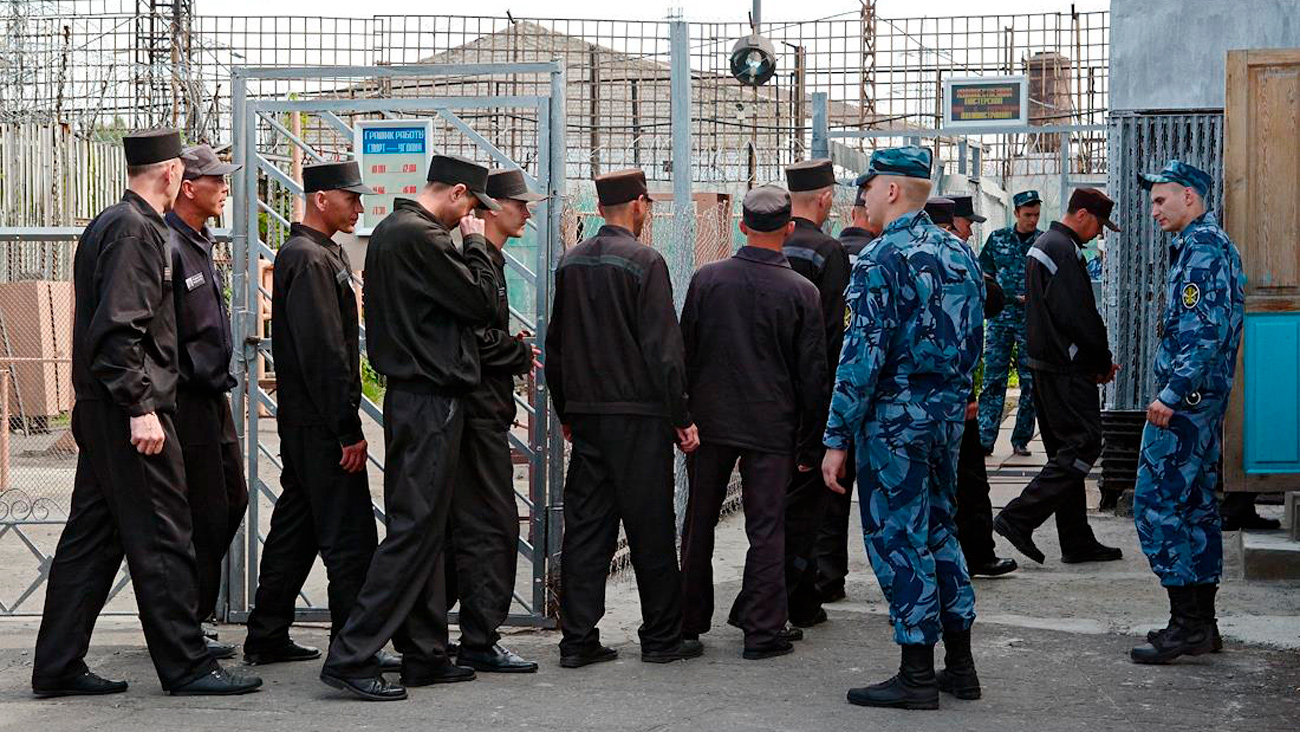Ukraine is currently facing, for the first time in its history, the necessity to assess the suitability of war-contaminated territories for agriculture. Such services could determine whether it is even possible to grow anything on certain plots.
This opinion was expressed by expert Oleg Listopad in an interview with We-Ukraine.
According to him, experienced agronomists can provide answers, but the conditions Ukraine finds itself in are unique worldwide. In the future, the analysis of such territories could become a separate export sector alongside military goods. At the same time, the expert raised concerns about biodiversity and ecological losses.
For example, the situation following the destruction of the Kakhovka Hydroelectric Power Plant critically affected local fauna: theriologist Mykhailo Rusyn immediately noted the destruction of the habitat of three endemic species found only in the flooded zone. These include a species of mole rat, Nordmann’s mouse, and the so-called “Kherson kangaroos.” Preliminary estimates suggest that up to 70% of the habitats of these animals are now underwater.
In Donetsk, Luhansk, Kharkiv, and other regions, the war causes massive soil mixing and the destruction of steppes, which have already been reduced to only 3-4% of their former area. Defensive structures, explosions, and shelling destroy both agricultural land and remnants of wild nature. Drone images and eyewitness accounts record how the steppes are turning into broken and burned lands.
However, according to Oleg Listopad, it is still difficult to fully assess the loss of agricultural crops — such data has not yet been collected due to the dangers of working in active combat zones. Biologists can only enter wearing body armor and helmets, under armed escort, since Russian forces open fire immediately upon detecting researchers. This makes systematic scientific work almost impossible.
For example, the fires in the Askania-Nova Nature Reserve are another case of ecological disaster. No one can say exactly how the steppe will recover after the fires.
_1750582706.jpg/wBYnnvxalJGqUgUndHbAez3reUrawd2dOcTb7Ope.jpg)




















